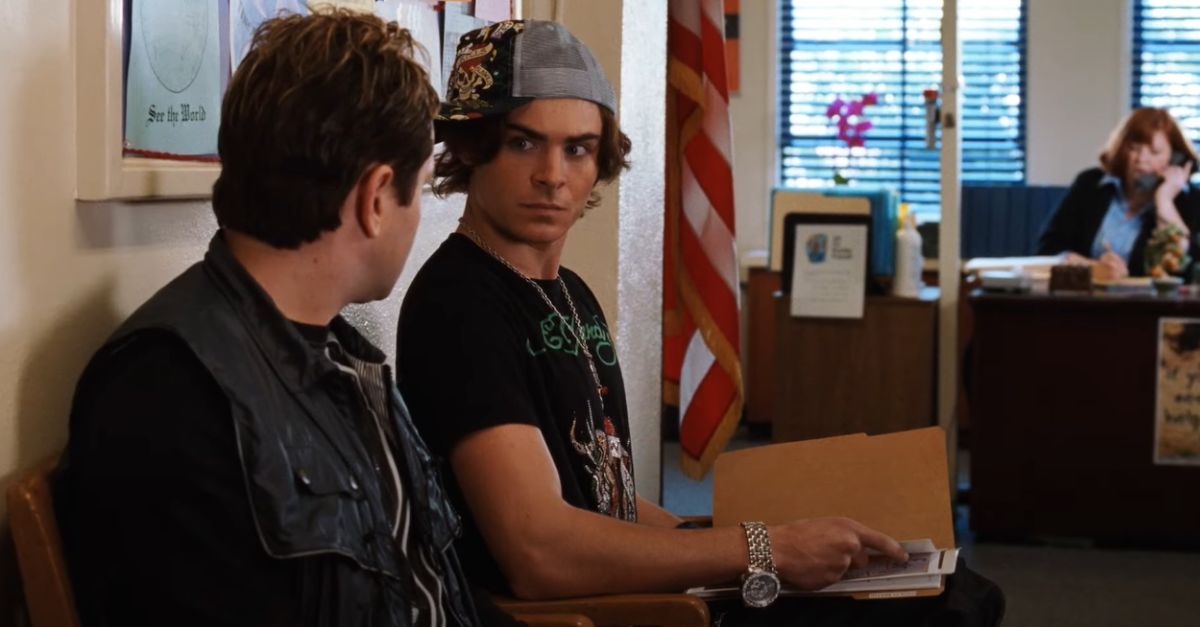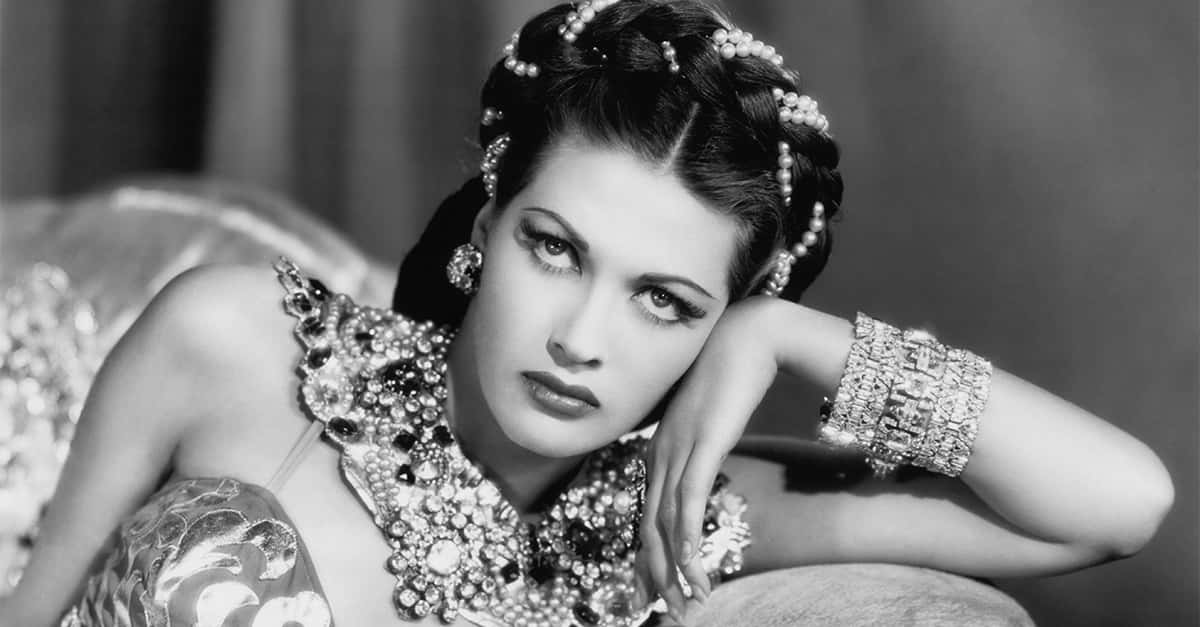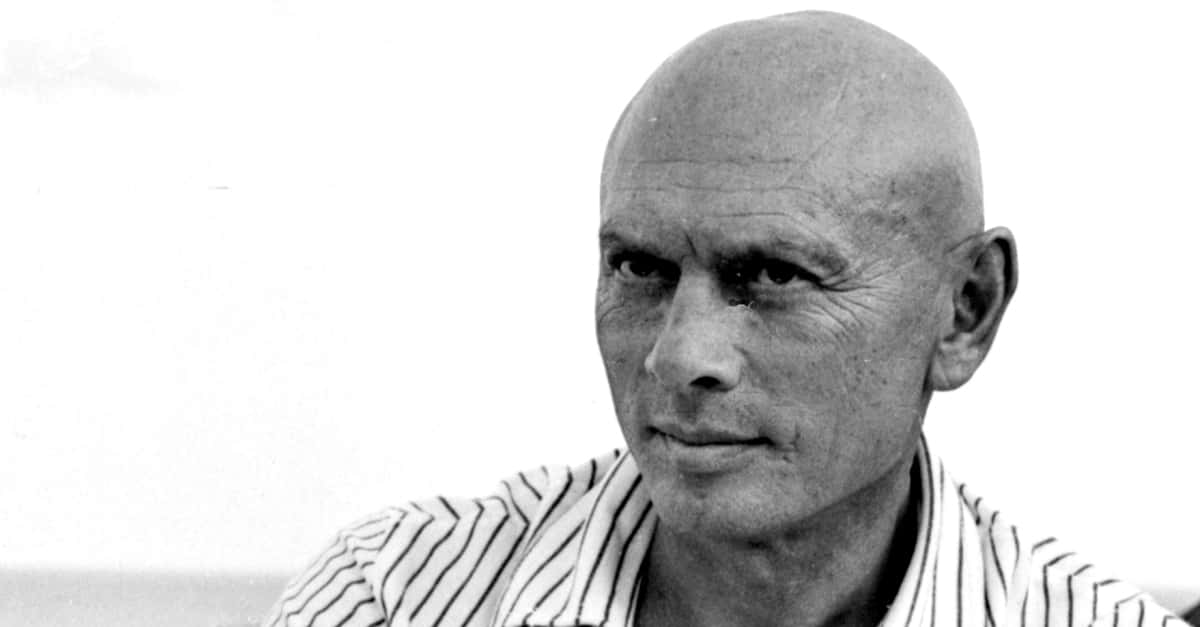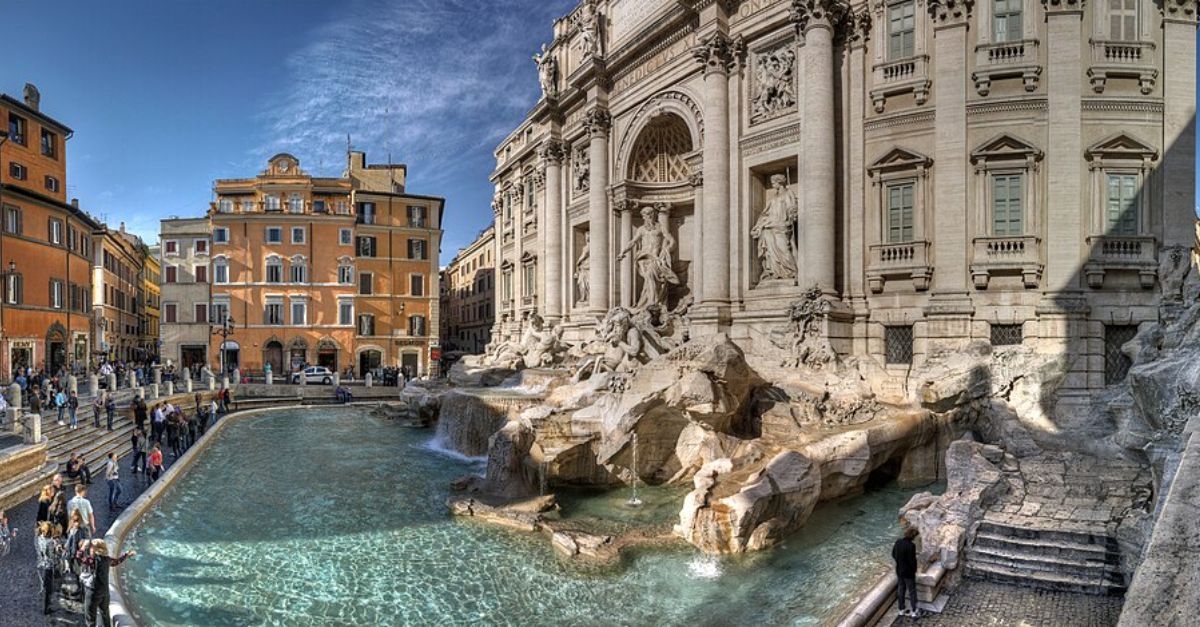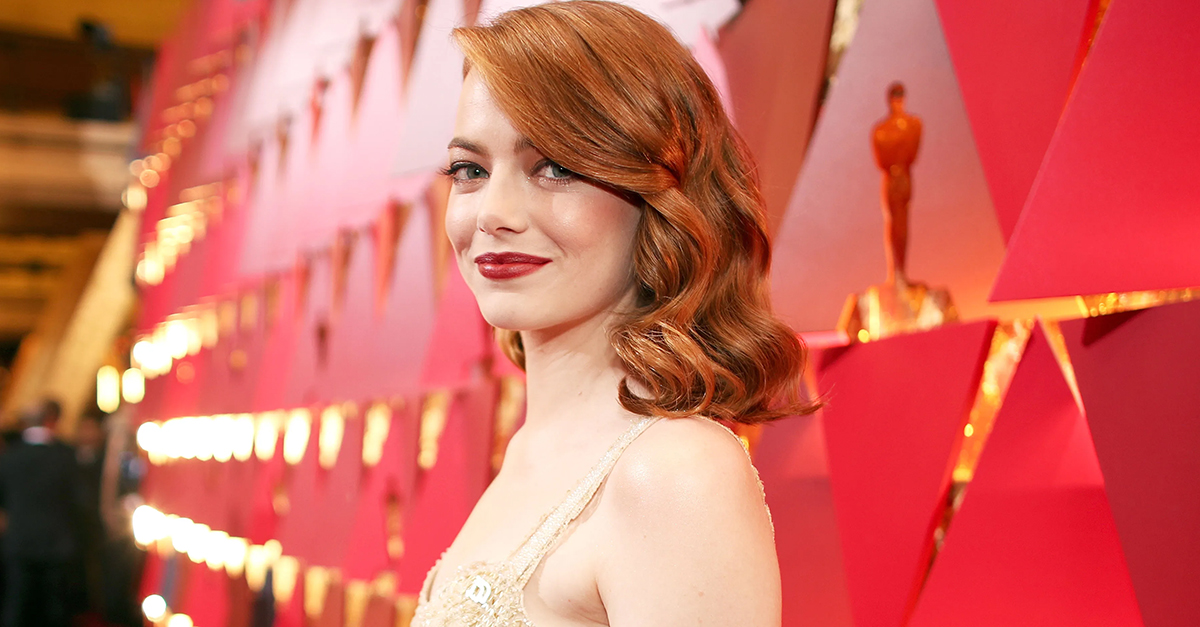The Greatest of All Time
The history of movies is packed with great directors—filmmakers who’ve left their mark with undeniable masterpieces. Hitchcock, Scorsese, Spielberg, Fellini, Bergman, Kurosawa—they all deserve mention as some of the greatest to ever sit in the director’s chair. But while there have been many great directors, there’s only one greatest of all time: Stanley Kubrick.
The man didn’t just direct films—he reshaped what cinema could be. And his oeuvre is truly unmatched: a body of work that towers over film history like a monolith (get it? A monolith. See what I did there?).

One Miss
Okay, I can admit that he wasn’t perfect. Kubrick’s debut, Fear and Desire (1953), wasn't great. In fact, Kubrick himself would later call it “a bumbling amateur film exercise”, and he even tried to bury it. But set that one aside, and what follows is as close to perfection as any filmmaker has ever gotten.
 Joseph Burstyn, Inc., Fear and Desire (1953)
Joseph Burstyn, Inc., Fear and Desire (1953)
The Near-Perfect Record
Kubrick’s run after Fear and Desire is jaw-dropping.
2001: A Space Odyssey topped the Sight & Sound directors’ poll of the greatest films ever made in 2022, and it’s been a top-10 fixture in the critics’ version for decades. Even his so-called “deep cuts”—like Lolita or Barry Lyndon—are still taught, debated, and adored.
Other directors dream of one defining masterpiece. Kubrick stacked them, film after film.
 Metro-Goldwyn-Mayer, 2001: A Space Odyssey (1968)
Metro-Goldwyn-Mayer, 2001: A Space Odyssey (1968)
Masterpieces Across the Board
Dr. Strangelove is AFI’s #3 comedy of all time. The Shining ranked #2 in Time Out’s 2022 poll of the greatest horror movies ever made, just behind The Exorcist. Full Metal Jacket still defines Vietnam War cinema. And 2001—We’ve already talked about its place among the greatest films in history.
And after all that, we still haven’t even mentioned A Clockwork Orange, Spartacus, Paths of Glory or Eyes Wide Shut. That’s how deep the bench goes.
 Warner Bros., Full Metal Jacket (1987)
Warner Bros., Full Metal Jacket (1987)
Genre Hopping Like Nobody Else
Kubrick never stayed in one lane. Satire, horror, sci-fi, war, period drama—he didn’t just try them, he mastered them. Each time he touched a genre, he left behind a film that redefined it.
The Perfectionist Mythos
Stories of Kubrick’s obsession are infamous. Shelley Duvall endured 127 takes in The Shining. Jack Nicholson once said, “Stanley’s the only director I’ve worked with who’s totally unpredictable.” For actors, it could feel brutal—but that intensity is why his films still vibrate with energy decades later.
 Warner Bros., The Shining (1980)
Warner Bros., The Shining (1980)
Shots That Belong in Museums
Every frame of a Kubrick film feels deliberate, like it was built instead of filmed. The icy geometry of 2001, the endless halls of the Overlook Hotel, the devastating battlefield shots in Paths of Glory. Roger Ebert nailed it: “The genius is not in how much Kubrick does, but in how little.”
 Metro-Goldwyn-Mayer, 2001: A Space Odyssey (1968)
Metro-Goldwyn-Mayer, 2001: A Space Odyssey (1968)
The Candlelight Flex
For Barry Lyndon, Kubrick got hold of custom NASA lenses so he could shoot by candlelight alone. The result? A film that looks like living oil paintings. Martin Scorsese called it “one of the most beautiful films ever made.”
 Warner Bros., Barry Lyndon (1975)
Warner Bros., Barry Lyndon (1975)
Actors Who Gave Him Everything
Malcolm McDowell said A Clockwork Orange was “the performance of my life,” though Kubrick pushed him past exhaustion. Jack Nicholson’s descent in The Shining feels less like acting and more like a man unraveling for real. Under Kubrick, actors didn’t just perform—they combusted.
 Warner Bros., The Shining (1980)
Warner Bros., The Shining (1980)
Nuclear War, but Make It Funny
Only Kubrick could turn apocalypse into a comedy. Dr. Strangelove gave us Slim Pickens riding a bomb like a rodeo cowboy, then ended with mushroom clouds set to “We’ll Meet Again.” To quote Roger Ebert again: “It made me laugh, and then it scared me.”
 Columbia Pictures, Dr. Strangelove (1964)
Columbia Pictures, Dr. Strangelove (1964)
"2001": The Ultimate Trip
Imagine it’s 1968. No Star Wars. No CGI. Then 2001 drops. The stargate sequence scrambled brains, and HAL 9000 gave us the most chilling AI in film history. Steven Spielberg said, “Every time Stanley came out with a new film, he redefined cinema.” Praise doesn't get much higher than that.
 Metro-Goldwyn-Mayer, 2001: A Space Odyssey (1968)
Metro-Goldwyn-Mayer, 2001: A Space Odyssey (1968)
When Silence Screams
Kubrick trusted images more than dialogue. The bone-to-satellite cut in 2001 compresses millions of years of evolution into two shots. No voiceover, no explanation—just pure, jaw-dropping cinema.
 Metro-Goldwyn-Mayer, 2001: A Space Odyssey (1968)
Metro-Goldwyn-Mayer, 2001: A Space Odyssey (1968)
The Famous Kubrick Stare
Head tilted, eyes wide, menace radiating. Alex in A Clockwork Orange. Jack in The Shining. Pyle in Full Metal Jacket. The “Kubrick Stare” has become cinematic shorthand for madness—and yes, a meme factory too.
 Warner Bros., Full Metal Jacket (1987)
Warner Bros., Full Metal Jacket (1987)
Always Ahead of the Curve
Not all critics were sold on The Shining or even 2001 when they premiered. Today, they’re taught in film schools and adored by fans and critics. Kubrick wasn’t making films for his present. He was making them for the future.
 Warner Bros., The Shining (1980)
Warner Bros., The Shining (1980)
Control Freak in the Best Way
Stanley Kubrick demanded full control—scripts, sets, music, even marketing. Studios grumbled but gave in, because his films were too good to meddle with. What you see on screen is 100% Kubrick.
 Michael Ochs Archives, Getty Images
Michael Ochs Archives, Getty Images
Music That Hits Different
Strauss’s “Also sprach Zarathustra” became the sound of space after 2001. Beethoven’s Ninth will forever echo with ultraviolence thanks to A Clockwork Orange. Vera Lynn’s “We’ll Meet Again” now conjures mushroom clouds because of Dr. Strangelove. Once Kubrick claimed a song, it was his forever.
 Metro-Goldwyn-Mayer, 2001: A Space Odyssey (1968)
Metro-Goldwyn-Mayer, 2001: A Space Odyssey (1968)
War, Without the Romance
Ironically, Kubrick stripped away the glory in Paths of Glory. The film showed the futility of World War I, while Full Metal Jacket captured Vietnam as brutal and absurd. The great film critic Pauline Kael called Paths of Glory “the most antiwar film ever made.”
 Warner Bros., Full Metal Jacket (1987)
Warner Bros., Full Metal Jacket (1987)
The Mystery Machine
Kubrick never explained his films. The monolith. The bear suit. The ending of Eyes Wide Shut. He left us to argue forever. That ambiguity is why his films live on—you never finish them, you keep revisiting them.
And speaking of mysteries: 2001 looked so real that some conspiracy theorists still claim Kubrick helped fake the Apollo 11 moon landing. Total nonsense, of course—but the fact that people believe it shows just how convincing his vision of space really was.
 Warner Bros., Eyes Wide Shut (1999)
Warner Bros., Eyes Wide Shut (1999)
Filmmakers Worship Him
Don't just take my word for it...
Christopher Nolan: “Kubrick is the reason I make movies.” Spielberg: “Nobody could shoot a film better than Stanley Kubrick.” Scorsese: “One of the greatest artists of the 20th century.” When the best alive call you the best ever—that says it all.
Slow But Deadly
Stanley Kubrick definitely wasn't a prolific filmmaker. Thirteen films in 40 years. That’s it. But each one is seismic. Kubrick didn’t churn out filler. Every release truly felt like a cultural event.
 Sunset Boulevard, Getty Images
Sunset Boulevard, Getty Images
Even His “Misses” Age Like Wine
Eyes Wide Shut might've baffled audiences back in ’99. Today the hypnotic study of desire and secrecy is finally earning the praise and admiration it rightly deserves. For most directors, it would be a career-defining triumph. For Kubrick, it was just the finale.
 Warner Bros., Eyes Wide Shut (1999)
Warner Bros., Eyes Wide Shut (1999)
Pop Culture Can’t Quit Him
From The Simpsons parodies to Ready Player One, Kubrick’s imagery is everywhere. Even if you’ve never seen his movies, you’ve seen his movies. That’s immortality.
 Warner Bros., Ready Player One (2018)
Warner Bros., Ready Player One (2018)
The GOAT
Kubrick didn’t make disposable entertainment. He made labyrinths—films you live with, argue about, and never stop unpacking. Spielberg said it best: “Nobody could out-Kubrick Kubrick.”
Case closed!
You Might Also Like:
Final Shots That Haunt You Long After The Credits Roll
The Most Realistic War Movies Ever Made





